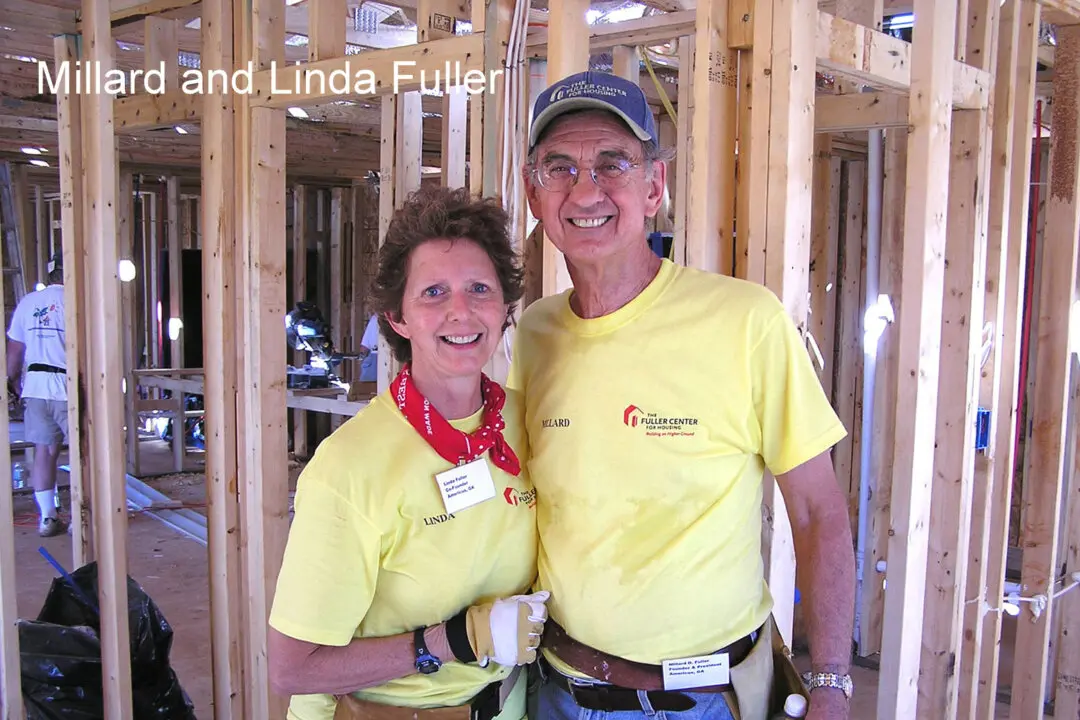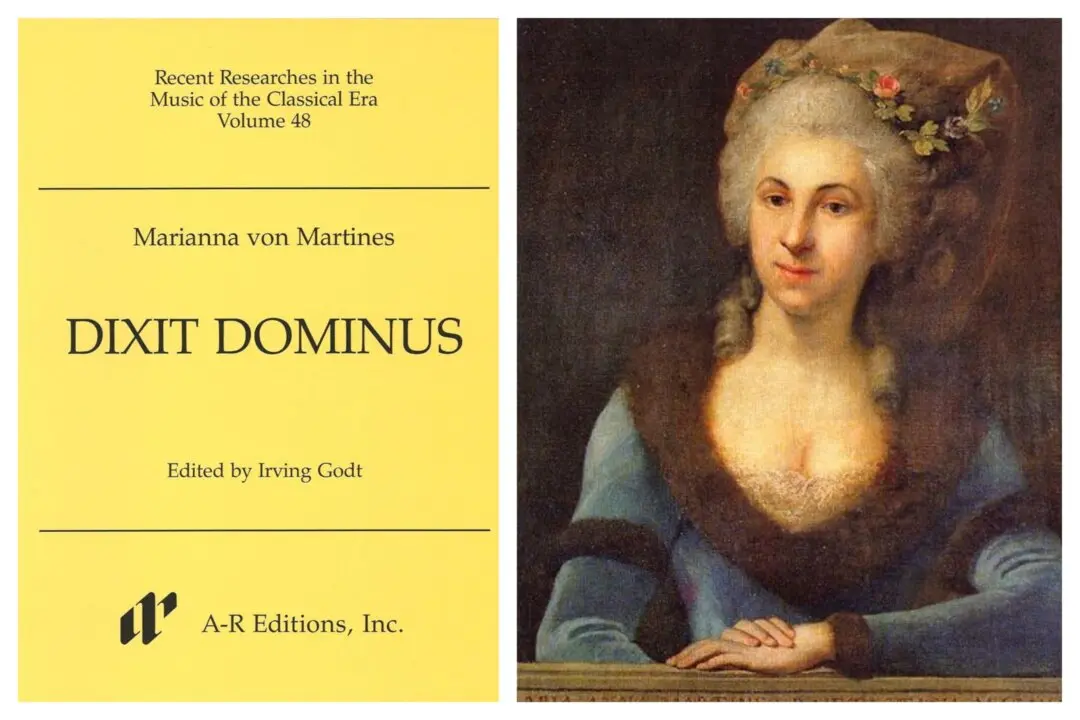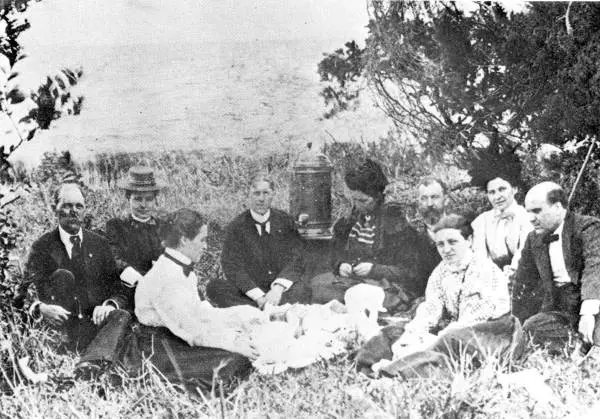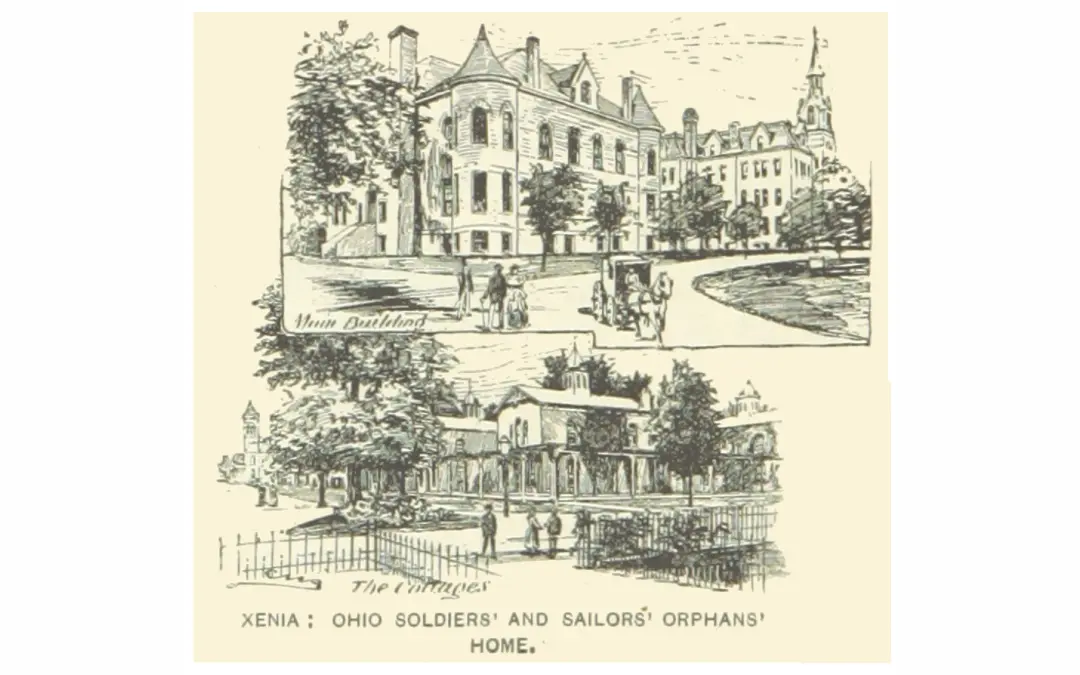Habitat for Humanity is the world’s largest nonprofit housing organization. In 2023 alone, it helped more than 13 million people build or improve their homes.
But like many big things, Habitat had humble beginnings. Its cofounder Millard Fuller traced its origins to his early days as a businessman in Montgomery, Alabama, when he once “engaged a house-moving gang” to help a janitor’s family. “We jacked that house up, put it on a truck, and rolled off down the road. ... I recall vividly what a great joy it was to see them happily living in a decent place.”





